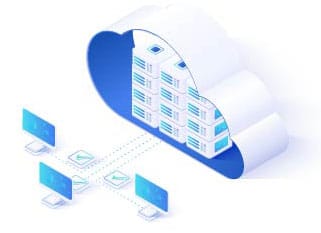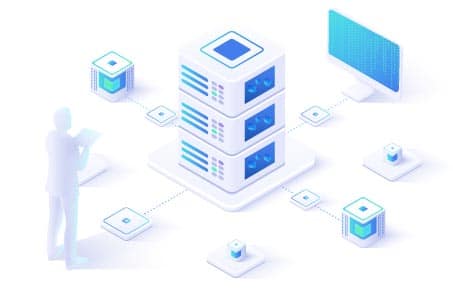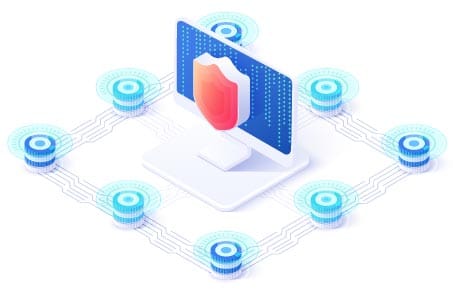Yes. Cisco Systems, the dominant giant in the networking equipment industry, migrated to Active Directory. But before we look into the why or how of this story, let’s have a little background on Active Directory and on Cisco.
Active Directory
Active Directory (AD), according to its maker Microsoft, is a special-purpose database designed to handle high-volume data searches and reads but only relatively few changes and updates. Microsoft developed this directory service for Windows domain networks, and wherever you find Windows Server operating systems there you are likely to find AD also. Within the AD database are collections of objects (such as users, groups, computers, printers) and corresponding object attributes, the definitions of which are stored in a data structure called a schema. Before a user is given access to any object, one needs to be authenticated. The authentication process is handled by a domain controller (DC)
AD data can be described as hierarchical, replicated, and extensible.
Hierarchical. A collections of related objects defined by AD are confined within an administrative boundariy called a domain. Information about objects in each domain are often arranged into a hierarchy of parent-child relationships; a parent domain is superior to a child domain, but the child domain can be a parent of its own child domain, and so on.
Replicated. Since AD is a distributed directory service, objects in the directory are distributed across DCs. Changes that are made on one DC are synchronized with those in all other DCs in a systematic way using automatically created connection topology; this synchronization process is called replication.
Extensible. AD uses ESE (Extensible Storage Engine) to store and retrieve information using indexed and sequential storage methods along with transactional processing. (Transactional processing keeps a data transaction open as long as the transaction is in process, so that when an error occurs, the data can be rolled back to its original state prior to processing.)
Cisco
Cisco Systems pioneered in producing routers that supported multiple network protocols and became a leader in the market. The company rose to prominence with the wide adoption of IP (Internet Protocol) in the wake of the phenomenal growth of the Internet in the early 2000’s. Since then, Cisco maintained its leadership in the industry.
Migration to Active Directory
It has been a Cisco tradition to maintain separate network operating systems and LDAP (Lightweight Directory Access Protocol) directories for each desktop OS and application. However, it soon became difficult to manage numerous user accounts and passwords used to log into diverse systems. There came a point when each system had to have its own trained Administrator, and in-house software developers had to write different code for every directory accessed by their applications. IT costs soared, and on top of this the presence of many different systems made compliance with regulations difficult. Cisco had to find an effective solution.
The solution that Cisco’s IT leaders found was a Microsoft product — Active Directory. AD was a perfect fit for Cisco’s NOS (network operating system) and enterprise data directories. So, the decision to migrate to AD was made, and within a short period AD was deployed in Cisco’s 12 worldwide WAN locations. Now, Cisco employees can authenticate locally through the nearest site regardless of where in the world they happen to be.
m.tiggelaar
– Founder of Key4ce & FuseCP.
– More then 13 years of experience with Windows high availability and Microsoft Exchange.
– More then 13 years of experience with Linux and Unix.
– Open source enthusiast and a large contributor for multiple large Open Source projects.
My current main focus of attention is Geo-Clustering.

 Server deployment
Server deployment Server support
Server support Extended server support
Extended server support Managed servers
Managed servers